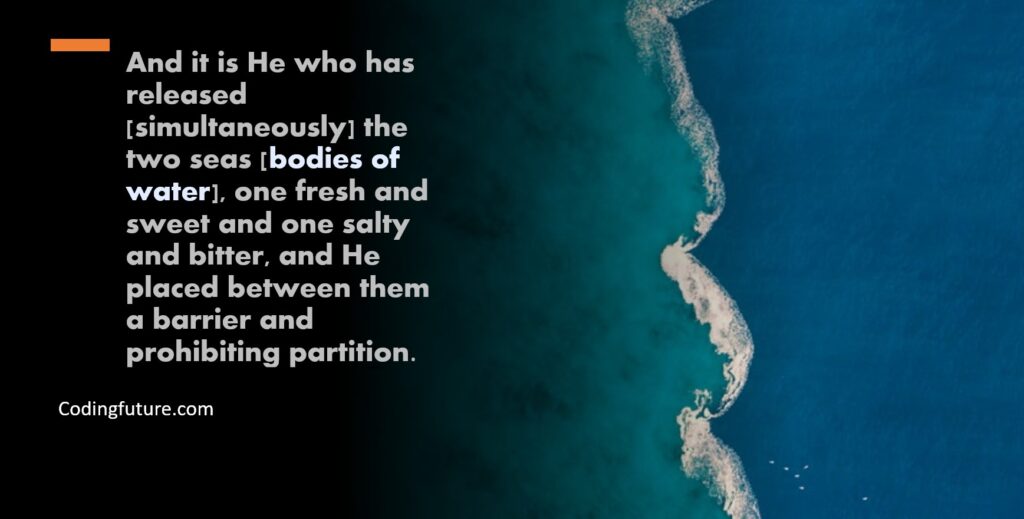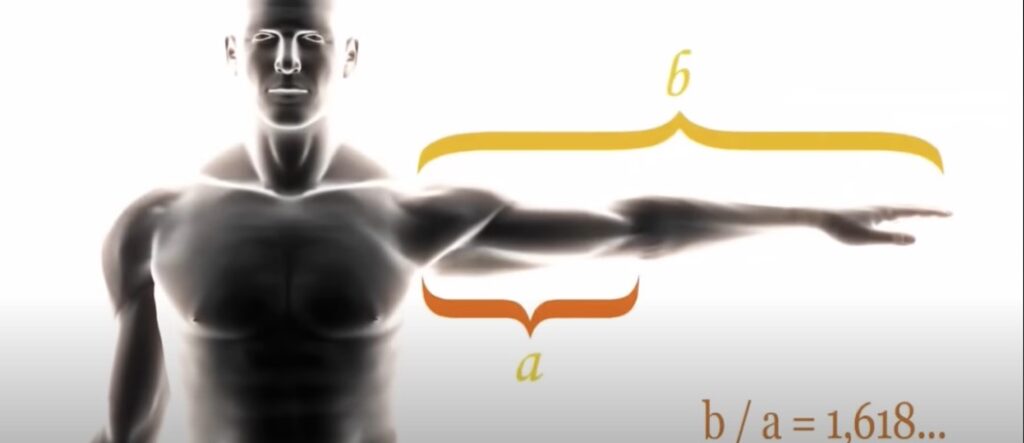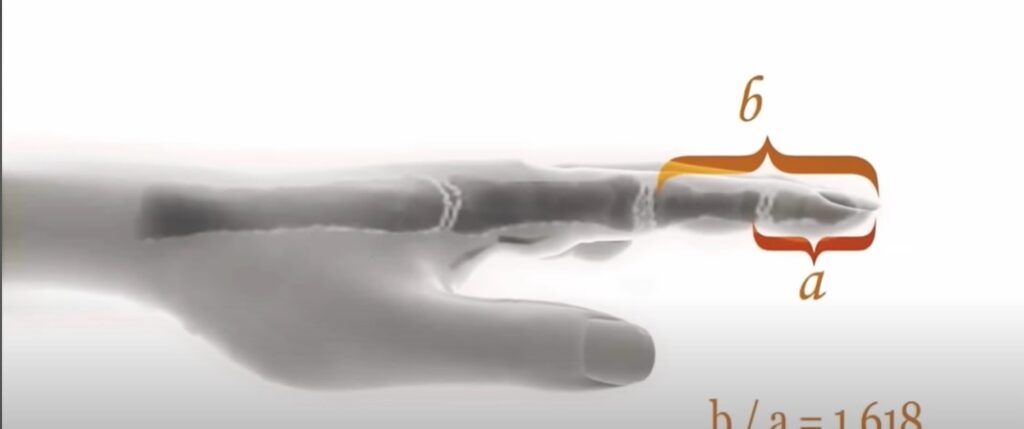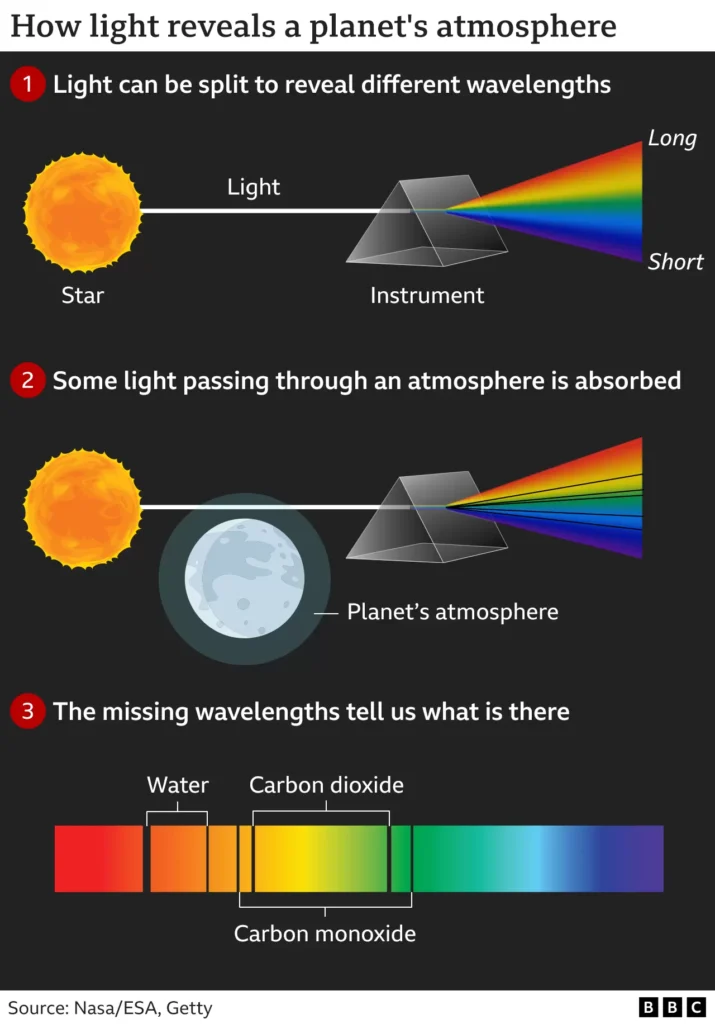Imagine waking up one morning to a world that welcomes you without asking any questions. A world where you are urged to go with the flow, make as much money as you can, and avoid going broke. A world where you are expected to copy everything you see on TV, from hairstyles to clothes, and not think too often, but instead do exactly as you are told. In moments of confusion, you turn to alcohol to drown out your thoughts. And if you still hear those thoughts, you just turn up the radio, immersing yourself in a lifestyle of drugs, rock, and roll.
Yet, in the midst of this chaotic existence, we can’t help but wonder: Is there more to this cycle than just growing old?

Are we merely living and dying, leaving behind material possessions for others to own? These are simple life questions for which we are searching for answers. Why are we here? What is our purpose? How did we come into existence? Who created us so perfectly? And what awaits us after we depart this world? Is it all worth it?
These questions go unanswered, as if we don’t really have to ponder them. It is believed that life has no purpose, and our existence is merely a product of nature. But let me ask you this: Did you create yourself, or was it someone else who fashioned you? You are an impeccable, faultless, and unparalleled being. You are the product of supreme intelligence, while we humans are limited in our rationality.
No camera on this earth can match the intricacy of the human eye, and no computer can rival the complexities of the human mind. Even if the whole world were to come together, we would not be able to create a single fly. There are countless signs, yet we still deny. Science tries to justify it all, but zero plus zero can not possible ever give you one. So, where did all this order come from? Everything that exists has an origin, a maker, a creator of its own. The reason you are reading this thesis is because somebody wrote it. You can believe in the Big Bang, but we prefer to believe in the One who caused it to explode – Allah, the creator of everything and every single soul. He is the ever-living, the master, the only one who is in control, far beyond our imagination
No, He is not a man, nor does He have any partners or associations.[1] He stands alone, and He has never left us alone. Just like every manufacturer, He left us with an instruction manual – the Quran and Islam. I am sorry for jumping to conclusions, but it is the only logical possibility. The only definition of God is the one and only supreme being.
The Quran is a book with zero contradictions, containing scientific and historical miracles revealed over 1400 years ago. It includes a detailed description of the human embryo[2], revealed to a man who could not read or write, as he recited whatever the angel spoke. If you still doubt, try to come up with something even remotely similar, but you cannot. We mocked God and treated His messengers as jokes. We dismissed His scriptures as legends and tales of ancient folklore, choosing to live our lives according to our whims, desires, and hopes. We claimed that this life is the only home [3]we will ever know, believing that we will simply live and die, turning into mere bones. Correction , after the grass dies, the rain arrives, and it regrows. Allah promises to do the same with every single soul, bringing us back from our fingertips to our toes.[4] As the all-seeing supreme being watches us closely, we are undoubtedly being tested in our wealth, health, and selves – everything with which we have been blessed. Believe that we will surely be resurrected and brought to account for every single deed, as He hands us our book and orders us to READ! From the bad to the good and everything in between, you are solely accountable for your actions. You were the one who thought youhttps://youtu.be/7d16CpWp-ok?si=Sid-ZQHGRIeauaGM
[1] Surah Ikhlash focuses on the oneness and unity of God and that everything and everyone needs Him for their existence and their needs.
[2] The word خَلق and تَخلِیق mean “to create something from nothing“, which is a very special and exclusive attribute of Allah. Quran 23:14
would not come back to Him[1]. Allah gave us a lifetime to search for Him, but we have been preoccupied with that which is temporary. So read, and may glad tidings be upon those who believe. Do not let that day be the first day you discover what life truly means.
[1] (23:15) Thereafter you are destined to die, (23:16) and then on the Day of Resurrection you shall certainly be raised up.
[3] YOLO you only live once
[4]Yes indeed; We have the power to remould even his finger-tips Quran 75:4
From where did all order come ?

The order we observe in the universe, from the intricate movements of celestial objects and bodies to the mesmerizing patterns in nature, is a testament to awe-inspiring phenomena that often evoke wonder and admiration. We bear witness to the remarkable precision and direction that exist on both grand and minuscule scales, where harmony emerges within this organization.
Whether we gaze at the expanse of galaxies or simply marvel at the flight of a single insect, the vast tapestry of the universe reveals an order that stems from the fundamental laws of physics and the forces governing the interactions between particles and celestial bodies. These laws, such as gravity, electromagnetism, and nuclear forces, establish the rules dictating the motion of matter and energy. Through eons of cosmic evolution, these laws have shaped the formation and dynamics of galaxies, star systems, and the very fabric of space itself.
On a more intimate scale, the order we perceive in the natural world around us is the result of intricate biological, ecological, and evolutionary processes. From the delicate dance of petals in a flower to the precise flight path of a bird, organisms have evolved to exploit and adapt to their environments, displaying remarkable adaptations that optimize their survival and reproduction. The interplay of genetic information, environmental cues, and natural selection has given rise to the astonishing diversity of life and the intricate ecosystems we observe today.
In recognizing the value of this order, we come to acknowledge that its ultimate source lies with the Creator of all, Allah. Every aspect of the natural world, from the vast galaxies to the tiniest organisms, reflects the meticulous design and balance established by Allah. Allah, the creator of the universe and every single soul, is the ever-living, the master, and the only one who is in control.
By contemplating the order and harmony present in the universe, we are led to recognize the existence of a divine power, guiding and shaping the very fabric of our existence. It is through this lens that we can connect our observations of the natural world with the profound belief in Allah as the ultimate Creator and sustainer of all things.
سَنُرِيهِمْ آيَاتِنَا فِي الْآفَاقِ وَفِي أَنفُسِهم
(We will show them Our signs in the universe and within their own beings)
The word “Afaq’ used in the text literally means ` horizons’ which includes all sides of the whole universe. (That is why it is translated above as ` universe’ ) In other words, if one looks at the creatures and creations of the whole universe, big and small, in the skies, on the earth and in between them, they all bear witness not only to the existence of Allah Ta’ ala, but also to His Knowledge, His all-encompassing authority, and to His being One and unique. If one looks even nearer, at one’s own self, at each organ and limb, at the fine and fragile mechanisms and systems functioning inside him to provide ease and comfort, it simply leaves one wondering.
And these fragile mechanisms and systems have been made so durable that they do not wear out even after seventy, eighty year’s use. Look at the springs inside the joints. Had they been made of steel by humans, they would have been rendered unserviceable long ago. Look at the skin of the hands and then lines made thereon that last for the whole life, and yet do not wear out. If a person of even an ordinary intellect ponders over these matters, he is bound to believe that the Creator and Sustainer of all these things is a Being who has limitless knowledge and Authority, and there simply cannot be anyone like Him
There for knowing better this world and creation we most Read
اقرَأ بِاسمِ رَبِّكَ الَّذي خَلَقَ
(Read in the Name of your Lord who has created.) until he reached the Ayah, This phrase is referencing the first revelation of the Quran to the Prophet Muhammad, in which the angel Gabriel commanded him to “Read in the Name of your Lord who has created.” This command continued until the Prophet reached a specific verse or Ayah in the Quran.
This explanation is referring to Surah Al-Alaq, which is the 96th chapter of the Quran. It contains the first revealed verses of the Quran, which remind human beings of the Clinging Mass, a stage that reflects the miracle of human creation in the womb of the mother. The surah is also known for the first Quranic instruction given to the Prophet Muhammad: Read. It is named after the Clinging Mass (ʿalaq) mentioned in verse 2. The first five verses are known to be the first revelation of the Quran, where the Prophet Muhammad was instructed to read. The second part of the surah came later to show that man transgresses when he becomes self-satisfied.
On the other hand all mysteries of this universe revealed over 1400 years ago the lines of
(Have We not made the earth as a bed,) meaning, an established, firm and peaceful resting place that is subservient to them.
وَالْجِبَالَ أَوْتَاداً
(And the mountains as pegs) meaning, He made them as pegs for the earth to hold it in place, make it stable and firm. This is so that it may be suitable for dwelling and not quake with those who are in it.
وَهُوَ الَّذِي مَرَجَ الْبَحْرَيْنِ هَـٰذَا عَذْبٌ فُرَاتٌ وَهَـٰذَا مِلْحٌ أُجَاجٌ وَجَعَلَ بَيْنَهُمَا بَرْزَخًا وَحِجْرًا مَّحْجُورًا ﴿
And He is the One who joined the two seas – this is sweat, very sweat and this is bitter, very bitter – and made between them a buffer and a barrier, prohibited (to cross) – 25:53.
Allah Ta’ ala in His own Wisdom has created two types of waters. One is enormous in size called oceans and cover up about two third of the global space while the rest of the one third space is made up of land mass on which people live. The water of the oceans and seas is extremely brackish, bitter and of a bad taste. On the other hand the water found on land in different forms is potable, pleasant and tasty. This water is just right for the needs of mankind and animals alike who drink it and use it for cleaning. If the water of the seas and oceans were not brackish, it would have decayed very quickly leaving behind a pungent and foul odor making the life unbearable for humans and animals on land. Moreover, the creatures living in ocean and sea water, and number manifold than those living on land could not have survived because when they die, they perish in the brackish water. If they were to die in sweet water their decomposition would have contaminated the water making the survival of the marine life impossible and its stink would have been unbearable for the life on land. Then the garbage of the land is generally dumped in the sea where it is decomposed (except for a few modern age items which need special treatment). Therefore, brackish water of the oceans and seas is a great blessing of Allah Ta’ ala for all creatures.

Physical body: A Marvel of Complexity and Harmony
Exploring small cosmos (Human body)

The human body is an extraordinary creation, a masterpiece of intricate design and harmonious functionality. From the smallest cells to the complex systems that sustain life, it is a testament to the wonders of nature and the ingenuity of evolution. This article delves into the captivating features and remarkable capabilities of the human body, exploring its various systems and highlighting the awe-inspiring nature of its composition.
The Structural Foundation: The Skeletal System
At the core of the human body lies the skeletal system, a network of bones, joints, and connective tissues that provides support, protection, and mobility. Discover the remarkable strength and adaptability of bones, their role in safeguarding vital organs, and the synergy between muscles and bones that enables fluid movement.
Power in Motion: The Muscular System
Delve into the muscular system, a complex arrangement of muscles, tendons, and ligaments that enables us to move, lift, and perform intricate tasks. Uncover the astonishing force generated by muscles and the astonishing coordination required for even the simplest of movements.
The Miracle of Reproduction: The Reproductive System
Explore the complexities of the reproductive system, which ensures the perpetuation of life. Discover the wonders of human reproduction, from the reproductive organs to the intricate processes of fertilization, embryonic development, and birth.
The Outer Shield: The Integumentary System
Uncover the functions of the integumentary system, the body’s protective outer layer. Explore the skin’s role in temperature regulation, sensory perception, and defense against external elements, as well as the fascinating aspects of hair, nails, and associated glands.
The human body is a masterpiece of nature, a symphony of interconnected systems and organs working in harmony. From the microscopic level to the grand scale, it showcases the remarkable precision and complexity that define our existence. Understanding and appreciating the intricacies of the human body not only deepens our sense of wonder but also underscores the importance of nurturing and caring for this incredible vessel that carries us through life’s journey.
It was only the shape of a human body but we are beyond our imagination

Within the complex and awe-inspiring human body, two vital aspects play a significant role in our overall well-being: the heart and attitude. The heart, both a physical organ and a metaphorical representation of emotions, is the powerhouse that sustains life. Attitude, on the other hand, encompasses our outlook, mindset, and emotional disposition, shaping our experiences and interactions with the world. This article explores the interplay between the physical heart and the intangible attitude, highlighting their profound impact on our health and quality of life.
Exploring of human beings ( the alchemy of happiness )
The alchemy of Happiness is a guide to transform the essence of man From his baseness to the purity of the Angelic state This transformation is through increasing knowledge of God However before [you] can begin to know
God first you must know yourself knowing yourself starts with an understanding of the human beings two distinct components
The body and the Heart or more specifically the spiritual heart There are Five steps to understand the heart,
first you must recognize its existence Next know that the heart works to seek happiness through knowledge of God It acquires this knowledge through knowledge of God’s creation Next know that the body is a kingdom and within it the limbs and organs are its workers appetite is the tax collector Anger is the Policeman Intellect is the chief Minister and The Heart is king the body is in a constant spiritual struggle between being held captive by Anger and appetite and
Using them as a mount and weapon to attain spiritual fulfillment if the heart acts at the advice of the intellect and keeps
Anger and appetite under control the path to happiness will be made accessible but if the intellect becomes the prisoner of anger and appetite the kingdom will become desolate and the heart will be destroyed Know that appetite and anger were created to nourish and protect the body and are its servants
The body was built to bear the senses and it is their servant the senses were created for intelligence gathering and serve the intellect the intellect was created as the lamp of the heart through its light the heart may see the divine presence Thus the intellect is the servant of the heart The heart was created to witness the beauty of the divine presence and is its servant The heart has a number of qualities which can be grouped into four types predatory attributes that find happiness in rage?
Destruction and killing bestial attributes these seek happiness in eating sleeping and copulating
Demonic attributes these thrive on Evil treachery and deceit and Angelic attributes which seek happiness in the contemplation of the divine presence To attain spiritual happiness the Angelic quality of intellect must master the predatory, bestial, and Demonic qualities Now that you know the qualities of the heart know that the heart’s nobility is what elevates humans above the rank of beasts Nobility from Knowledge has two degrees one is gathered by the heart through a door that opens toward the five external senses such as learning the arts and sciences
The other is acquired directly by the heart through a door that opens to the heavens and divine inspiration know that the heart is like a well and Knowledge is like water the five senses are streams that fill the well At the base of the well is dirt
Beneath the well is a pure spring this dirt is like a veil that blocks the heart from accessing divine inspiration To fill your heart with the pure water that lay beneath it.
You must block the streams and empty the water You must then remove the dirt at the base of the well, which is achieved by the struggle of disciplining the soul
Only then will the fountain of never-ending knowledge burst through and fill your heart In truth people in this world are deficient and weak The heart is constantly struggling to subjugate the body’s base qualities to the intellect This is done through the knowledge of God,
and it’s key the knowledge of oneself the Heart and It’s nobility That elevates man from the rank of beasts to that of angels That is the start of the alchemy of happinesshttps://youtu.be/Ok1FjmaIg3E?si=FZ0iIp_LQp_vbkb4
Human Maturity
Are we truly mature or not let’s dig in?
What are the four types of growth and maturity the islam discusses?
The Islam ana Quran discusses four types of growth and maturity:
1. **Physical Growth**: This involves the transition from childhood to full physical and biological maturity, enabling individuals to become parents and contribute to society physically.
2. **Mental Growth**: Starting from birth and ending with death, mental growth involves acquiring education and information through the senses, leading to the accumulation of knowledge and data in the brain.
3. **Intellectual Growth**: This type of growth involves the progressive acquisition of information that leads to the creation of new phenomena, formulas, and inventions that contribute to society.
4. **Spiritual Growth**: emphasizes the importance of spiritual growth, which involves inner purification, knowing oneself, and understanding divine studies and theology. Spiritual growth is seen as crucial for promoting justice, social harmony, and ethical values in society.
The argues that the key factor determining a society’s growth and development is the spiritual maturity of its people, which includes character, compassion, and commitment to truth and justice. He emphasizes the need for an education system that fosters physical, mental, intellectual, and spiritual growth.
The defines the three levels of spiritual growth as follows:
Primary Level:
At this level, spiritual growth involves shining one’s character and refraining from harming others. The focus is on ensuring the safety and well-being of others.
Second Level:
In this stage, spiritual growth goes beyond refraining from harming others. It includes actively supporting and helping others to the best of one’s capacity and resources.
Third Level
: The highest level of spiritual growth is characterized by not causing harm to anyone or anything, regardless of differences. It involves being willing to sacrifice and give one’s best to others, promoting peace, justice, and ethical values in society.
What is the proposed solution to achieve prosperous societies?
The proposed solution to achieve prosperous societies is through a
proper education system that guarantees four types of growth and maturity for human beings. This education system should focus on fostering physical, mental, intellectual, and spiritual growth. The speaker emphasizes the importance of feeding positive information to the soul, regardless of one’s religious beliefs, in order to achieve spiritual growth and create communities where there is prosperity, growth, and development for all individuals.
Spiritual growth is crucial for leaders to prevent conflicts and disasters. Lack of spiritual growth leads to destructive actions like using biological and chemical weapons, causing poverty and conflicts.
To ensure growth and maturity in human beings, the education system must focus on mental growth, provide productive data, labs for research, and emphasize spiritual growth for a prosperous society.
solution for achieving prosperous societies is through the establishment of a comprehensive education system that encompasses four essential dimensions of growth and maturity: physical, mental, intellectual, and spiritual. This holistic approach recognizes the interconnectedness of these aspects and acknowledges their significance in fostering individual and collective well-being.
The education system should prioritize physical growth by promoting health, fitness, and overall well-being. Encouraging healthy habits, physical activities, and a balanced lifestyle
can contribute to the physical development of individuals, enabling them to lead productive and fulfilling lives.
Mental growth is equally important and can be fostered through a curriculum that emphasizes critical thinking, problem-solving, creativity, and emotional intelligence. Providing students with opportunities to develop cognitive and emotional skills equips them to navigate challenges, make informed decisions, and contribute positively to society
Intellectual growth can be nurtured by offering access to quality education, resources, and research facilities. A robust educational infrastructure that encourages curiosity, exploration, and innovation enables individuals to expand their intellectual capacities, acquire knowledge, and contribute to scientific advancements and societal progress.
Furthermore, spiritual growth should be an integral part of the education system, irrespective of religious beliefs. It involves nurturing the inner self, instilling moral values,
promoting empathy, compassion, and a sense of interconnectedness with others and the world. By feeding positive information to the soul, individuals can cultivate a sense of purpose, meaning, and ethical conduct, which are crucial for creating harmonious communities and responsible leaders.
The importance of spiritual growth becomes particularly relevant in preventing conflicts and disasters. When individuals lack spiritual development, they may succumb to destructive actions, such as the use of weapons of mass destruction, exploitation, and causing poverty and conflicts. By prioritizing spiritual growth, the education system can contribute to the
development of ethical leaders who are guided by values and strive for the betterment of society.
In summary, an education system that encompasses physical, mental, intellectual, and spiritual growth can lay the foundation for prosperous societies. By providing individuals with a well-rounded education that addresses these dimensions, we can create communities where there is prosperity, growth, and development for all individuals. Embracing this holistic approach to education is essential for shaping responsible citizens, fostering sustainable development, and ensuring a brighter future for humanity https://youtu.be/FrtY-Zpy5Is?si=1zkRPEf_x59bYLFV.
1. Recognize the Existence of the Heart:
– Acknowledge the heart as a spiritual entity within human beings.
– Understand that the heart seeks happiness through knowledge of God.
2. Understand the Body as a Kingdom:
– View the body as a kingdom with various limbs and organs as workers.
– Recognize appetite as the tax collector, anger as the policeman, intellect as the chief minister, and the heart as the king
– Realize the ongoing spiritual struggle between base qualities and spiritual fulfillment within the body.
3. Comprehend the Qualities of the Heart:
– Identify four types of heart qualities: predatory, bestial, demonic, and angelic.
– Acknowledge the need for the angelic quality of intellect to overcome base qualities and attain spiritual happiness.
4. Embrace the Nobility of the Heart:
– Understand that the heart’s nobility elevates humans above the rank of beasts.
– Recognize two degrees of nobility: knowledge acquired through external senses and knowledge obtained through divine inspiration.
5. Engage in the Journey of Transformation:
.
– Perceive the five senses as streams that fill the well.
– Remove the dirt at the base of the well, representing the obstacles to accessing divine inspiration.
– Disciple the soul and block the streams of sensory knowledge to uncover the fountain of limitless knowledge.
6. Strive for Subjugation:
– Acknowledge human deficiencies and weaknesses.
– Recognize the heart’s ongoing struggle to subjugate the body’s base qualities to the intellect.
– Utilize knowledge of God and self-knowledge to facilitate this process.
7. Embrace the Alchemy of Happiness:
– Realize that understanding the heart, its qualities, and its nobility is the foundation of happiness.
– Experience the transformative journey from baseness to the purity of the Angelic state.
– Elevate oneself through knowledge and self-discovery, transcending the limitations of the worldly existence.
Certainly! Here are some appendixes based on the sections outlined in the article:
- Perspectives on Maturity
This provides an overview of different perspectives on maturity from psychology, sociology, and philosophy. It includes quotes and summaries from prominent scholars and researchers in each field, offering diverse insights into the concept of maturity.
- Components of Maturity
This offers a comprehensive list of the key components associated with maturity. It provides a detailed explanation of each component, including cognitive, emotional, and social aspects, accompanied by relevant research findings and examples.
- The Developmental Process of Maturity
This outlines the developmental process of maturity across the lifespan. It includes a timeline or graphical representation of the different stages or milestones of maturity, drawing from theories of human development and empirical research.
- Influences on Maturity
This presents a comprehensive overview of the various factors that influence the development of maturity. It includes a categorization of influences into genetic, environmental, social, educational, and experiential factors, along with supporting evidence and examples for each category.
- Measurement and Assessment of Maturity
This challenges and approaches in measuring and assessing maturity. It includes a review of existing measurement tools and scales used in research and practice. It also explores the potential cultural and contextual variations in understanding and evaluating maturity.
- Case Studies and Exemplars of Maturity
This case studies or exemplars of individuals who exemplify maturity in different domains or contexts. It includes narratives or profiles that illustrate the manifestation of mature characteristics and behaviors, offering real-life






